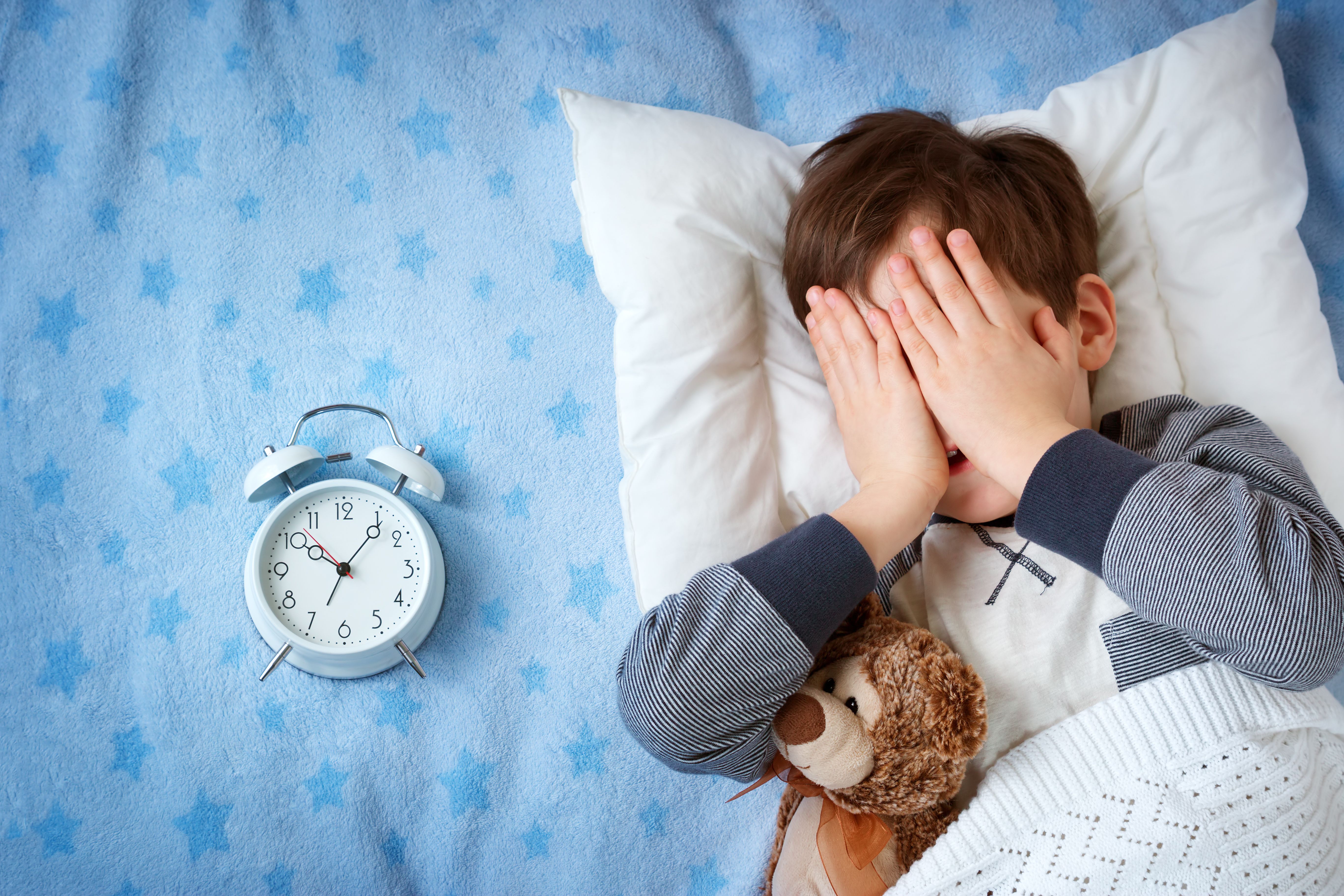News
Article
Objectively Measured Sleep in ADHD
Author(s):
What is the impact of ADHD on sleep? Researchers performed a systematic review and meta-analysis of objectively measured sleep in children and adolescents with ADHD.
candy1812_AdobeStock

CASE VIGNETTE
“Robert” is a 13-year-old Caucasian male with a history of attention-deficit/hyperactivity disorder (ADHD), diagnosed at age 8 years. He is currently treated with stimulant medication (mixed amphetamine salts). At age 5 years, he was diagnosed with selective mutism. He also had primary nocturnal enuresis that resolved by age 9 years.
Robert’s parents say he falls asleep easily and does not wake up at night, but that he has mild daytime sleepiness. They ask whether ADHD itself or Robert’s medication could contribute to this symptom. As Robert’s psychiatrist, how would you respond?
Sleep disturbances are common in children with ADHD, with an estimated 25% to 50% prevalence.1,2 However, systematic reviews of subjective sleep complaints and objective data have yielded mixed results. The most commonly reported sleep problems in children with ADHD are increased sleep latency, bedtime resistance, nocturnal awakening, and daytime sleepiness.3
By contrast, there is less evidence in objectively measured sleep continuity (eg, actigraphy and polysomnography), including sleep latency (SL), sleep efficiency (SE), total sleep time (TST), and time awake after sleep onset (WASO).
The Current Study
Liang and colleagues4 performed a systematic review and meta-analysis of objectively measured sleep parameters in children and adolescents with ADHD compared with typically developing (TD) peers. The authors searched CINAHL Ultimate, PsycINFO, Embase, MEDLINE, and Web of Science from inception through September 2022.
Inclusion criteria were participants aged 5 to 18 years with a formal ADHD diagnosis; objectively measured sleep parameters of children and adolescents with ADHD compared with TD peers; observational research and baseline data from intervention studies; reported SL, TST, and WASO as duration in minutes and SE as a percentage; and peer-reviewed articles in English.
Exclusion criteria were data sources, not objective measurements; absence of TD controls; non-English studies; qualitative studies, reviews, case reports, abstracts, or book chapters; included participants aged 0 to 4 years or >18 years; and studies including participants with other psychiatric disorders that may affect sleep (eg, mood disorders).
Included studies were assessed for study quality. Data were analyzed using random-effects meta-analysis, using Hedges’ g as the effect size with 95% confidence intervals (CIs). Potential publication bias was investigated by funnel plot analysis.
The authors screened 449 studies by title and abstract and assessed 65 reports for eligibility. Approximately 45 studies met the inclusion criteria, comprising 1622 participants with ADHD (77% male) and 2013 TD participants (62% male); 39 studies used an observational design. Participants in 21 studies were medication naïve. Twenty-one studies recorded sleep parameters by actigraphy (1 to 14 days), and 24 studies provided standardized whole-night polysomnography (PSG) for 1 to 4 nights.
There was a significant, moderate increase in actigraphy-measured SL in ADHD (g=0.40, 95% CI 0.18-0.62) with medium heterogeneity, corresponding to about 7 minutes longer sleep latency. By contrast, there was no difference in PSG-measured SL (g=0.11, 95% CI -0.13-0.34).
There was a significant, small-to-moderate decrease in actigraphy-measured SE in ADHD (g=-0.22, 95% CI -0.38 - -0.06) with medium heterogeneity. By contrast, there was no difference in PSG-measured SE (g=-0.20, 95% CI -0.51-0.12).
There were no significant between-group differences in either actigraphy- (g=-0.11, 95% CI -0.26-0.03) or PSG- (g=-0.12, 95% CI -0.45-0.21) measured TST. Similarly, there were no significant between-group differences in either actigraphy- (g=0.11, 95% CI -0.08-0.29) or PSG- (g=0.31, 95% CI -0.41-1.06) measured WASO.
Subgroup analysis showed that actigraphic SL was significantly moderated by the number of sleep-recorded nights but not by ADHD medication use (with greater differences when assessed for ≥ 5 nights. Medicated patients with ADHD had significantly decreased SE compared to drug-naïve patients with ADHD, as did those with (versus without) comorbid psychiatric disorders. Age was not a significant moderator of either SL or SE. Analyses indicated potential publication bias for estimates of TST and WASO.
Study Conclusions
The authors found that, compared with TD peers, children and adolescents with ADHD have higher sleep latency and moderately decreased sleep efficiency measured by actigraphy. Polysomnography-measured differences between ADHD and TD children and adolescents were not significant.
Medication status and comorbid psychiatric status significantly moderated the between-group differences in sleep efficiency. Also, the group differences in sleep latency between ADHD and TD were moderated by the number of actigraphy recorded nights.
Study strengths included the large cumulative sample size and analysis of several important potential moderating factors. Study limitations included the fact that fewer studies measured WASO, and there was inadequate data to identify differences between children and adolescents with ADHD as well as sex differences. There was also heterogeneity in the objective sleep assessment protocols. Data on the severity of sleep disturbance were unavailable.
The Bottom Line
Findings suggest abnormal sleep latency in children and adolescents with ADHD as measured by actigraphy. Sleep problems are common in ADHD and may warrant clinical attention. Standardized protocols for objective sleep measurement in this patient population are needed.
Dr Miller is a professor in the Department of Psychiatry and Health Behavior at Augusta University in Georgia. He is on the Editorial Board and serves as the schizophrenia section chief for Psychiatric Times®. The author reports that he receives research support from Augusta University, the National Institute of Mental Health, and the Stanley Medical Research Institute.
References
1. Langberg JM, Molitor SJ, Oddo LE, et al. Prevalence, patterns, and predictors of sleep problems and daytime sleepiness in young adolescents with ADHD. J Atten Disord. 2020;24(4):509-523.
2. Wajszilber D, Santiseban JA, Gruber R. Sleep disorders in patients with ADHD: impact and management challenges. Nat Sci Sleep. 2018;10:453-480.
3. Cortese S, Faraone SV, Konofal E, Lecendreux M. Sleep in children with attention-deficit/hyperactivity disorder: meta-analysis of subjective and objective studies. J Am Acad Child Adolesc Psychiatry. 2009;48(9):894-908.
4. Liang X, Qiu H, Li SX. Objectively measured sleep continuity in children and adolescents with ADHD: a systematic review and meta-analysis. Psychiatry Res. 2023;328:115447.






